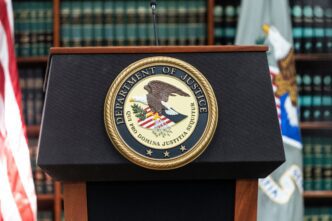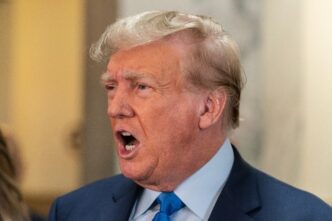The decision by the Trump administration to sell the Robert C. Weaver Federal Building, which houses the Department of Housing and Urban Development (HUD) in Washington, D.C., has sparked a range of reactions, from confusion to concern. The General Services Administration (GSA) and HUD have cited high maintenance costs and a quest for more efficient use of space as the primary reasons for this move. According to a joint statement issued by the agencies, the building requires over $500 million in deferred maintenance and modernization, alongside annual operational costs of more than $56 million paid by taxpayers. Furthermore, the building’s occupancy rate is only at fifty percent, even when all HUD employees are present.
However, the backdrop to this decision is the ongoing effort by the Trump administration to significantly cut HUD’s workforce. This comes amidst criticisms that such reductions could threaten essential services. Although the exact scale of the workforce cuts has not been finalized, estimates from the Center on Budget and Policy Priorities (CBPP) indicate that up to half of the staff in offices handling vital programs such as housing vouchers, public housing, and Native American housing initiatives may be affected. These programs are crucial for approximately seven million Americans. Significant reductions are also expected in offices managing project-based rental assistance, homelessness aid, and those that enforce fair housing laws.
Previously, the Trump administration had identified numerous federal properties for potential sale, which prompted criticism from Democratic lawmakers, leading to the list being taken offline. HUD Secretary Scott Turner emphasized that the initiative focuses on fostering a workplace aligned with values of efficiency, accountability, and purpose. However, it appears that the administration’s strategy also aligns with its broader goal of downsizing the agency, a move that some of these efforts are legally contested.
Another aspect of the administration’s decision appears to be related to aesthetics. The Weaver Building, an example of Brutalist architecture, does not align with President Trump’s architectural preferences. Earlier this year, he issued an executive order advocating for “beautiful federal civic architecture,” encouraging a shift from Brutalist to classical styles. The Weaver Building was explicitly mentioned as a style to be avoided. In March, Turner echoed this sentiment, labeling the headquarters as the “ugliest building in D.C.” and expressed a desire to create a more welcoming environment for employees, reflecting a pride in their workplace.






